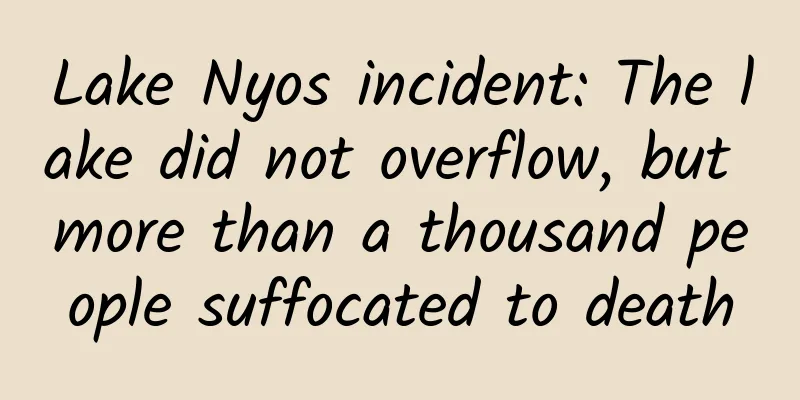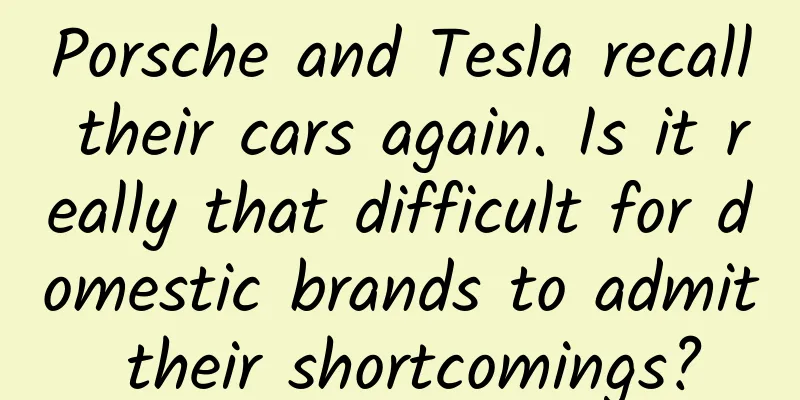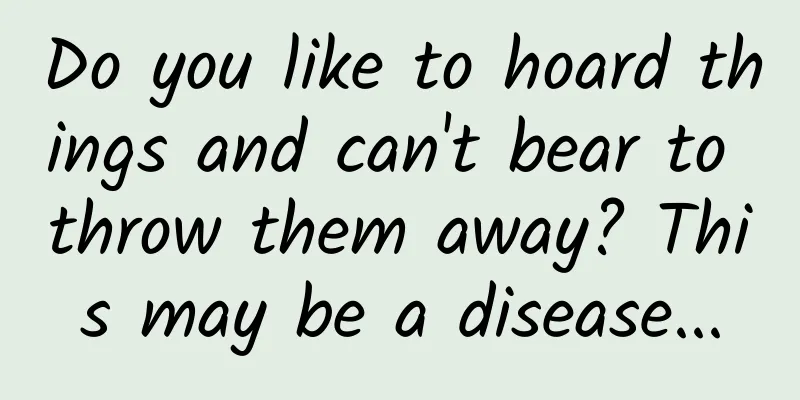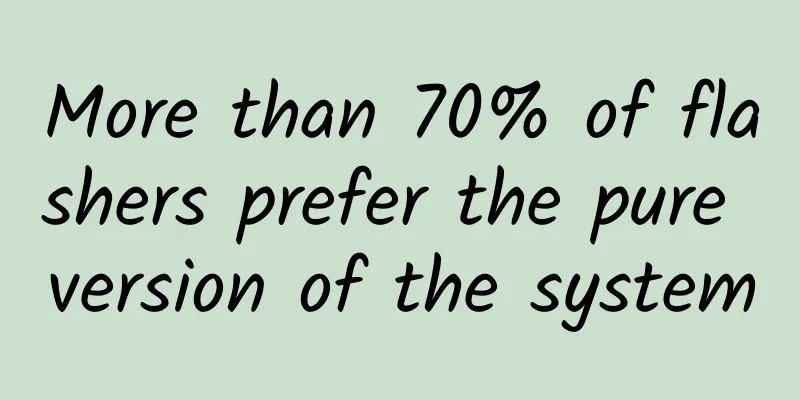By telling stories, we defeated Neanderthals, Homo erectus, and Homo sapiens...
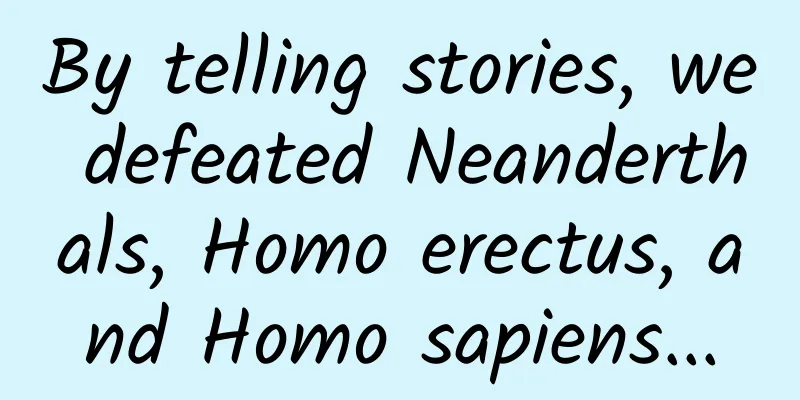
|
If I tell you that "storytelling" is a unique ability, you will definitely be a little dismissive - what's so difficult about it? But did you know that 100,000 years ago, we, Homo sapiens, relied on this "superpower" to defeat other human species on Earth and leap to the top of the food chain. Today we will popularize the process of Homo sapiens reaching the "peak of life". There is only one kind of human being on Earth today, and that is us, Homo sapiens - don’t take this as nonsense. In fact, 100,000 years ago, there were at least 6 different human species on Earth. In addition to Homo sapiens, there were Neanderthals, Homo erectus, Homo solani, Homo floresiensis, Denisovans, etc., all of whom are our "brothers". In "The Croods", the male protagonist is a Homo sapiens, and the female protagonist's family is a Neanderthal, from the movie "The Croods" About 150,000 years ago, humans were a minor presence in the ecosystem, occasionally scaring off lions and burning down forests, but even if you add up all the species from the Indonesian archipelago to the Iberian Peninsula, there were still less than a million people. At this time, our species (Homo sapiens) had already appeared on the world stage, but it was just staying in a small corner of Africa. Neanderthal and modern human skulls. | Image credit: Wikimedia Commons However, something unexpected happened. About 70,000 years ago, Homo sapiens, who had been active in East Africa, suddenly expanded rapidly to the Arabian Peninsula and soon swept across the entire Eurasian continent. Moreover, regardless of whether Homo sapiens was the culprit, whenever they arrived at a new location, the local native human population would soon become extinct, becoming an unsolved mystery. Why were Homo sapiens able to quickly defeat other human species and climb to the top of the food chain, as if they had turned on a hack? Even the strong, brain-developed, and cold-resistant Neanderthals could not resist the slaughter of Homo sapiens? Israeli historian Yuval Noah Harari believes that in the long evolutionary history of Homo sapiens from an insignificant animal to the ruler of the earth, three key revolutions occurred: the cognitive revolution, the agricultural revolution, and the scientific revolution. One of the most acclaimed core theories is the cognitive revolution, which also became a key factor in Homo sapiens' conquest of the world. About 70,000 to 30,000 years ago, an accidental genetic mutation changed the internal wiring of the brain of Homo sapiens, allowing them to think in unprecedented ways and communicate in a completely new language. You may say that every animal knows how to communicate, and the language of Homo sapiens is not the first communication system in the world. However, Yuval Noah Harari pointed out: "The best description of Homo sapiens is that he is a storyteller." This means that only Homo sapiens can express things that they have never seen, touched, or heard in a serious manner. For example, before the Cognitive Revolution, humans and other animals could use language to express "Be careful! There is a lion!" After the Cognitive Revolution, Homo sapiens could say "The lion is the guardian of our tribe." This "discussing imaginary things" is the most unique function of Homo sapiens language and the basis for large-scale human cooperation. For example, if it is a one-on-one duel, the tall Neanderthals should be able to beat the Homo sapiens flat, but if there are hundreds of people against each other, the Neanderthals have no chance of winning. Although the Neanderthals can share information about "where the lion is", they cannot spread and rewrite the story about the guardian spirit of the tribe. Without this ability to construct fictional stories, they cannot effectively cooperate on a large scale to cope with the challenges of rapid change and adjust social behavior. Neanderthals may use traditional methods to gather 50 people to cooperate to attack Homo sapiens, but Homo sapiens can use the ability of "storytelling" to get 500 people to work together, so who will win and who will lose has already been predetermined. The impact of the cognitive revolution, Image source: A Brief History of Humankind: From Animals to Gods by Yuval Noah Harari, CITIC Publishing Group In addition to breaking the limits on group size, the differences brought about by the cognitive revolution are also reflected in other aspects, such as trade. When archaeologists excavated Homo sapiens sites dating back 30,000 years ago in inland Europe, they discovered shells from the Mediterranean and Atlantic coasts, which were believed to be long-distance trade between different Homo sapiens tribes. In contrast, no evidence of such trade was found in Neanderthal sites. At first glance, does exchanging things also require storytelling? But in fact, from ancient times to the present, all Homo sapiens trade networks are based on fictional stories. Today, the establishment of global trade networks is because we trust some virtual entities, such as currency, banks and companies. Similarly, the reason why humans were able to break through the population thresholds of tribes, communities, and social networks, and eventually create cities with tens of thousands of people and countries with hundreds of millions of people, and step by step into the 21st century, is that even if a large number of people do not know each other, as long as they believe in the same story, they can work together. What’s more, as long as we change the stories we tell, we can change the way humans cooperate. After embarking on this "highway", Homo sapiens' ability to cooperate improved by leaps and bounds. Even if their genes and environment have not changed much, Homo sapiens can quickly change their behavior and pass on new behaviors to the next generation. As Harari wrote in Sapiens: A Brief History of Humankind, fictional stories are like glue that binds together millions of individuals, families, and groups. This glue makes us the masters of all things. In "Sapiens: A Brief History of Humankind", Yuval Noah clearly tells the complete story of the history of Homo sapiens from the Big Bang to the present, perfectly answering the classic question that we have been asking since childhood: "Where do humans come from?" END |
<<: Sushi is not glutinous rice, so why is it not undercooked when eaten cold?
>>: Is there a connection between dog breed and personality?
Recommend
You must know these 3 mainstream APP promotion methods!
In recent years, with the development and growth ...
From Kaixin.com to Plato, any social operation without barriers is just hooliganism!
In the turbulent July, the long-dormant Internet ...
Are you healthier if you are lazy? If you follow these 10 lazy habits, you will be 5 years younger. How many of them do you have?
When we were young, my mother told us that we sho...
How to do a good job of promotion and traffic generation? Here are 3 tips for you!
In the new consumption era, pure traffic diversio...
Zhihu Operation: Will “Circles” help Zhihu users find a sense of belonging?
On the one hand, the professionalism of "If ...
Latest research: Will intermittent fasting cause baldness? Scientific maintenance methods revealed!
As a popular diet, intermittent fasting has attra...
8 ways to quickly become popular on Kuaishou!
How to become popular on Kuaishou? This is someth...
2020 Zhihu promotion and traffic generation skills!
Choice is greater than effort? No comment. I don’...
The luxury car I bought for more than 2 million yuan actually leaks. Why would a new car leak?
Recently, a piece of news attracted a lot of atte...
Why have the Big Dipper remained together for thousands of years and not fallen apart?
This is a question raised by a friend. He couldn&...
Black Myth: Wukong is a big hit! Is it true that the hometown of “Sun Wukong” is in Henan?
When it comes to the image of monkeys on the scre...
3 new strategies for short video account positioning
One writer once said: "Go deeper into the ar...
Do you have to ride a hydrogen balloon to pick pine nuts? Can't you just wait for the pine cones to fall down by themselves?
Autumn is not only the season for harvesting agri...
Can Ping An continue to be “peaceful”?
Ping An's IPO price in Hong Kong in 2004 was ...
How can product operations keep users spending money?
The idea of increasing order volume is shown in...

